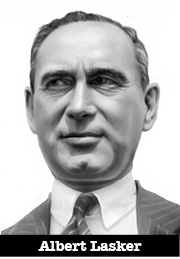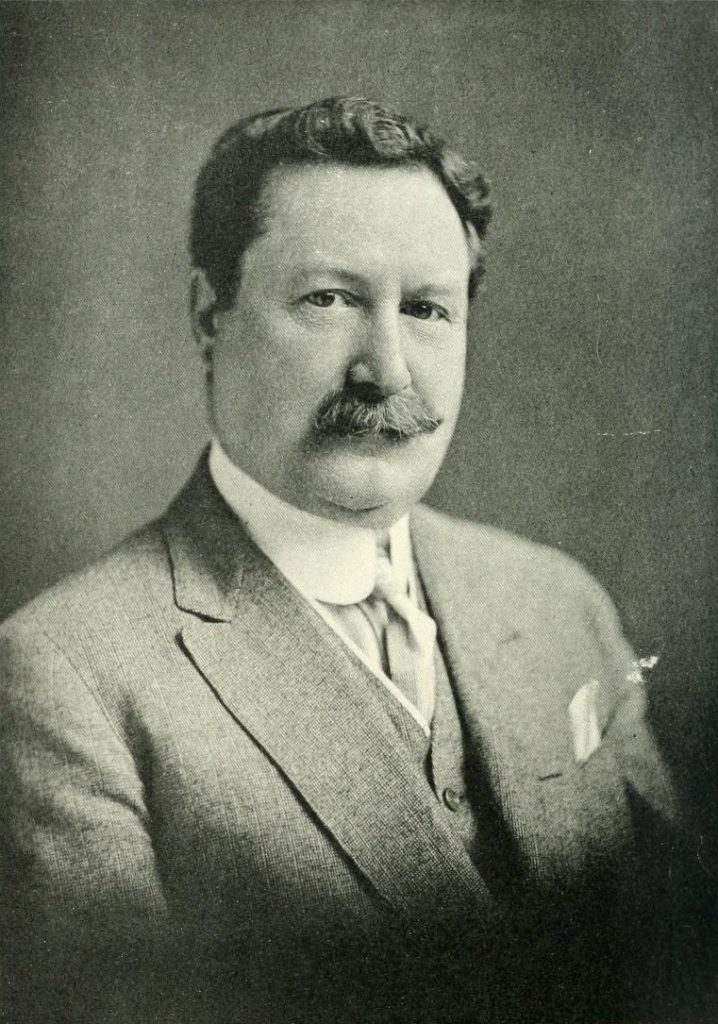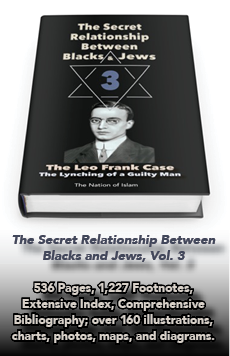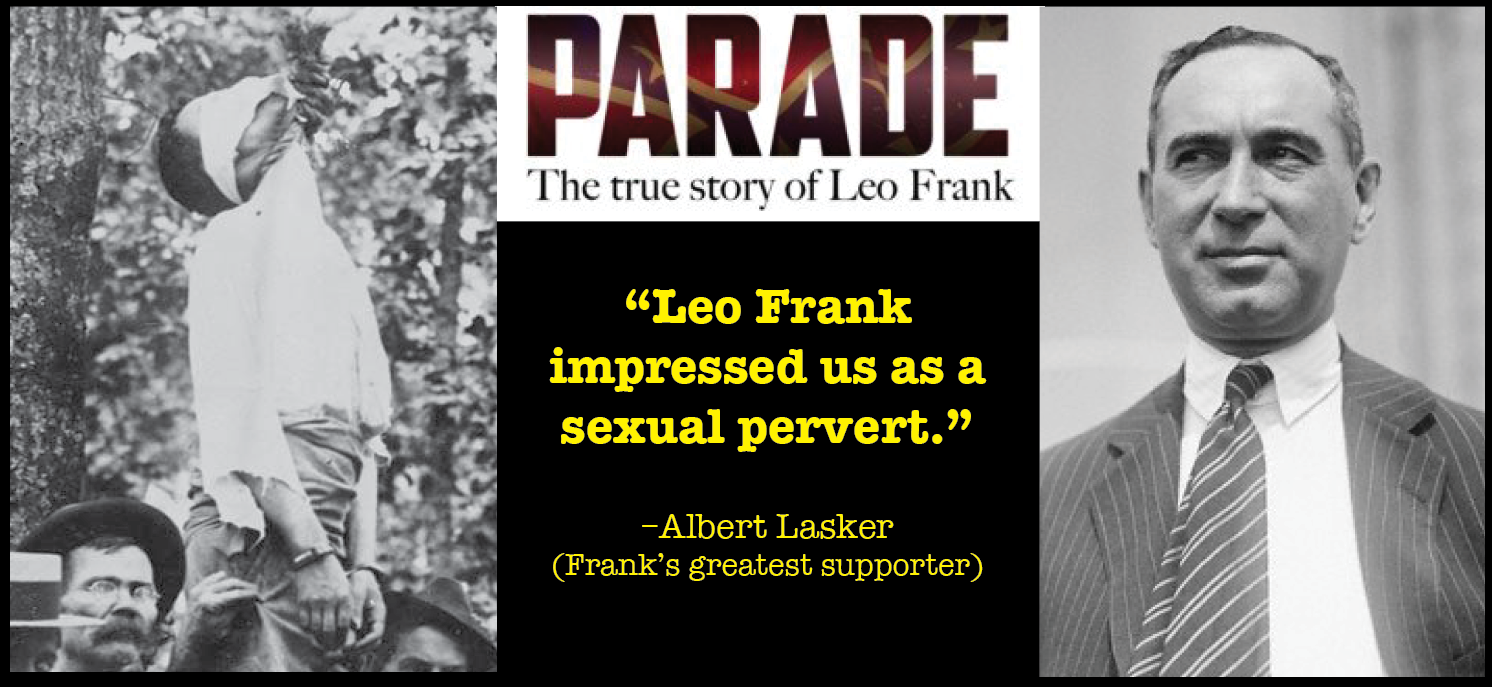Leo Frank and PARADE: A Jewish Fairy Tale Gone Bad
![]() When Alfred Uhry’s play Parade opened in Chicago this week (May 24 – July 2), its audience was told they would be watching a historical drama. The Chicago Tribune claimed that Parade is telling “a true story of a man falsely accused of murder.” That man is Leo Frank. He was a Jewish pencil factory manager and B’nai B’rith leader in Atlanta who was convicted of the 1913 murder of one of his employees, a 13-year-old gentile girl named Mary Phagan. Frank was ultimately imprisoned and then lynched in 1915, the only Jew ever lynched in America, it is claimed. As the Tribune suggests, many Jews for a century have believed Frank to be the innocent victim of “anti-Semitism,” and the play Parade dramatizes that belief.
When Alfred Uhry’s play Parade opened in Chicago this week (May 24 – July 2), its audience was told they would be watching a historical drama. The Chicago Tribune claimed that Parade is telling “a true story of a man falsely accused of murder.” That man is Leo Frank. He was a Jewish pencil factory manager and B’nai B’rith leader in Atlanta who was convicted of the 1913 murder of one of his employees, a 13-year-old gentile girl named Mary Phagan. Frank was ultimately imprisoned and then lynched in 1915, the only Jew ever lynched in America, it is claimed. As the Tribune suggests, many Jews for a century have believed Frank to be the innocent victim of “anti-Semitism,” and the play Parade dramatizes that belief.
“Parade” is a strange title for a play about two horrific murders. In choosing that title, playwright Alfred Uhry was referring to the big event that was underway on April 26, 1913—the last day of Mary Phagan’s young life. It was Confederate Memorial Day and a parade of old rebel soldiers was moving through Atlanta’s main thoroughfares. But in the context of today’s cultural politics, Parade is really about Jewish mythmakers forcing Americans onto the proverbial bandwagon and into believing a deeply troubling fairy tale concocted to give cover to one of the most racist episodes in Black history.
At best, it is a troubling oversight that Uhry and the play’s producers seem to be unaware of the seamier details of this highly racialized case. At worst, they have chosen to ignore how a viciously racist Leo Frank used both immoral and illegal tactics in his effort to avoid prosecution for a heinous crime of which he is most certainly guilty. The details of this “new” assessment are contained in the new Nation of Islam book The Secret Relationship Between Blacks and Jews, Volume 3: The Leo Frank Case, which represents the first time Black scholars have examined the case.
The findings in the book are devastating to the long-accepted narrative of Frank’s victimhood and put Uhry’s Parade squarely in the realm of anti-Black racial propaganda—classed with the notorious 1915 Ku Klux Klan recruitment film Birth of a Nation. It now appears that Leo Frank’s misfortune was quickly seen by Jewish leaders as an invaluable propaganda tool by which an invented history of Jewish oppression in America could be forged. Further, the book consults long-lost interviews and rare documents that reveal that some of Frank’s most ardent Jewish supporters not only were repelled by Frank’s abrasive personality but also believed he was in fact the murderer of Mary Phagan. They felt that if the murder conviction of such a high-ranking Jewish leader were allowed to stand, the image of the Jewish community would be dealt a severe blow. The combination of this fear and opportunism motivated the Jewish leadership to take on Frank’s case as a major cause célèbre. So Uhry’s Parade has little to do with the facts of the case: the play is instead crafted to maintain a 100-year fantasy and to satisfy a powerful Jewish community that insists on a sanitized view of their history for public consumption.
Of course, Jews can believe in anything they wish to believe in. Blacks, however, must be extremely cautious about being unwitting servants to this massive Leo Frank illusion. They must never forget that this myth does not exist in a racial vacuum. As the popular story goes, Leo Frank was “wrongfully convicted” for the murder of a defenseless child—but those who have worked unceasingly to exonerate the Jewish man have worked equally hard to pin this heinous crime on a Black man! And that brings this case into the realm of Black history, demanding serious Black analysis. For 100 years the name of James “Jim” Conley has been scapegoated in nearly all the Jewish-produced literature on the case. He was a janitor in the factory on the day of the murder, and he admits to being called by his boss Leo Frank to help move the girl’s body, and he admits to being sworn to secrecy. But later Frank and his supporters moved to pin the entire crime on Conley. Uhry’s Parade casts the Black man as a devious criminal who gets away with murder. Why Black scholars have not been motivated to interrogate this incredible injustice is a 100-year mystery.

Albert Lasker’s Nefarious Role
We might start with Leo Frank’s most significant supporter and sponsor—a man who is mysteriously absent from Uhry’s Parade script. Chicago icon Albert Lasker is considered the “father of modern advertising,” whose wide-ranging legacy credits him with being the inventor of the soap opera and with changing the name of America’s eugenicists—the cult that inspired the racial purification philosophy of Hitler—to the much more user-friendly “Planned Parenthood.” He was an early owner of the Chicago Cubs, and as a philanthropist gave all his life to Jewish causes. When Lasker heard of the Leo Frank case, the B’nai B’rith leader had already been convicted of the murder. It was Lasker who financed all of Frank’s post-conviction appeals and orchestrated his international public-relations campaign. Lasker contacted a prominent publisher and a private detective and all went to Atlanta to meet the man they would spend the next two years trying to liberate. Lasker recalled the meeting in Frank’s jail cell:
“It was very hard for us to be fair to him, he [Leo Frank] impressed us as a sexual pervert. Now, he may not have been—or rather a homeosexual [sic] or something like that…”
According to Lasker’s biographer, the men with him during that encounter took “a violent dislike to him [Frank].” Lasker “hated him,” and said, “I hope he [Frank] gets out…and when he gets out I hope he slips on a banana peel and breaks his neck.”
This harsh and condemnatory assessment of the man who would become a Jewish civil rights icon is shocking. Leo Frank impressed his most ardent Jewish supporters and the leading champions of his cause as “a sexual pervert,” who they hoped would die!
Now, how should Blacks view the man who they are told suffered for the crime of a Black man? Frank’s own thinking is reflected in an Atlanta Constitution front-page headline on May 31, 1913: “Mary Phagan’s Murder Was Work of a Negro Declares Leo M. Frank.” The newspaper quoted the B’nai B’rith leader as he sat in jail awaiting his murder trial:
“Here is a negro, not alone with the shiftless and lying habits of an element of his race, that is common to the South….No white man killed Mary Phagan. It’s a negro’s crime, through and through. No man with common sense would even suspect I did it.”

The Jewish leader—today heralded as a civil rights icon—publicly argued that murder, being a “negro crime,” could not have been committed by him, a white man. That was Leo Frank’s defense! Further, he argued, the Blacks who testified against him could not be believed because they were negroes. At trial Frank’s attorney upbraided the all-white jury, who found the testimony of the Black witnesses far more logical and believable than his Jewish client’s story:
“They would rather believe the negro’s word….Oh, how times have changed. I hope to God I die before they change any worse than this…”

Leo Frank hoped that his appeal to pure white racism would get him acquitted, but Albert Lasker knew that the evidence that convicted him was damning. He hired a private eye named William J. Burns to plant “evidence” and to bribe witnesses. That tactic backfired so badly that it actually fueled the outrage in Georgia that led to Frank’s lynching. Years later Lasker confessed that Burns “put in” so “much perjured stuff…until it embarrassed our case at times.”
You won’t find any of this in Alfred Uhry’s Parade, but it can all be found, well referenced, in The Secret Relationship Between Blacks and Jews, Volume 3: The Leo Frank Case. Blacks have passively accepted a patently false version of history and have allowed themselves to be puppets for Uhry’s production, agents of an odious Jewish propaganda. Parade is the very worst in a long line of racist assaults on truth itself. Just as Lasker and Burns had to fabricate an alibi for Frank, Uhry has put his own mendacious words in the mouths of Parade’s Black characters, slandering James Conley in the most wicked way. But in 1913, James Conley represented his own humanity with an inner strength and dignity that Leo Frank could only achieve via Uhry’s racist imagination:
“I know I will be either hanged or get a life sentence, but I am prepared to take my medicine. I wrote the notes and I helped carry the body to the basement, and I know they can punish me for that. When the judge calls me up before him I am going to ask him not to ask me any questions, but to simply sentence me. If it’s to hang, I’ll stick to my story; and if it’s life imprisonment, there’ll be no change. It makes no difference what the sentence is, I’ll have nothing to add and nothing to take away from the statement I made to the detectives…”


